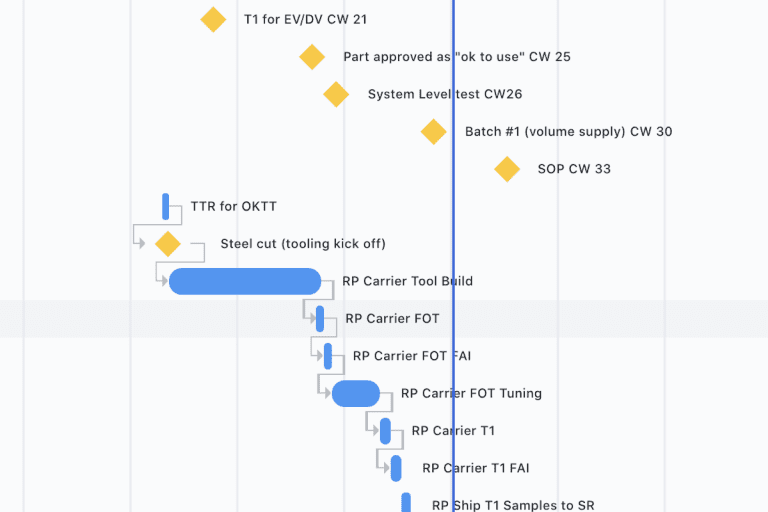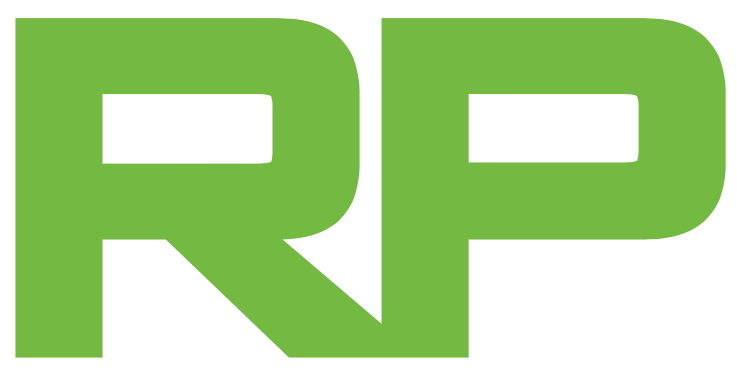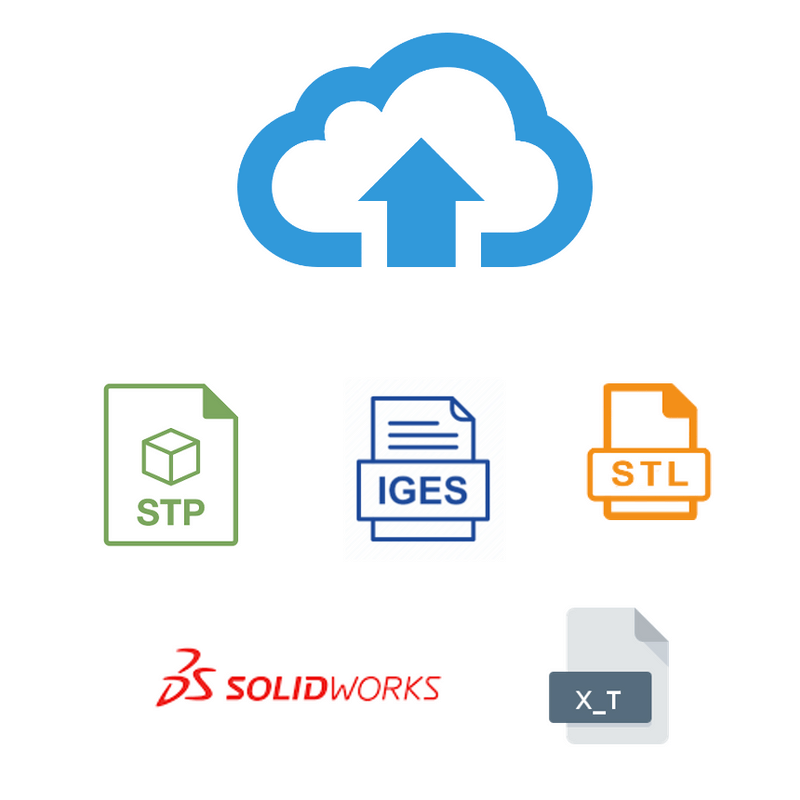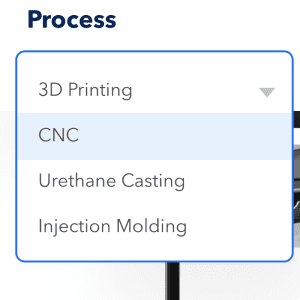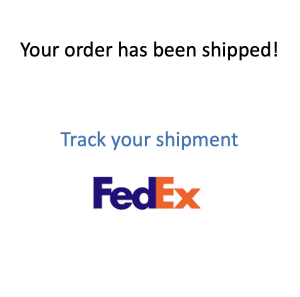Selective Laser Melting (SLM)
SLM (Selective Laser Melting) is in an additive manufacturing method specially developed for 3D printing metal alloys. Contact us today for more information.
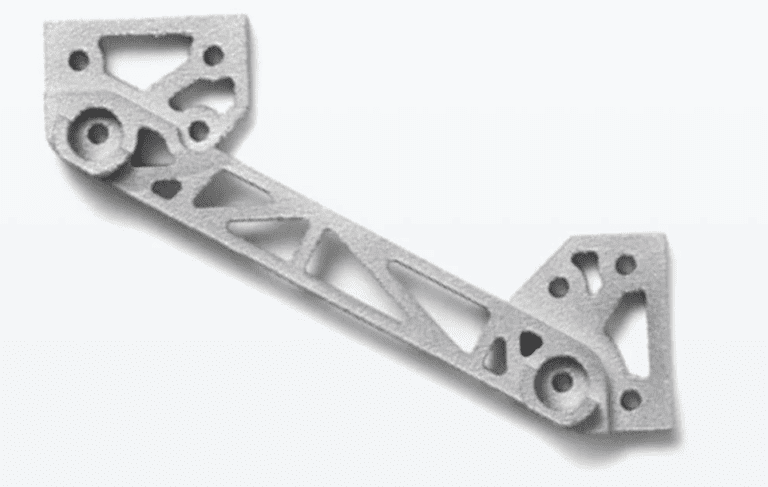
Leading-Edge Manufacturing Technology
We use the most advanced manufacturing technology and materials from cutting-edge industry leaders

What is Selective Laser Melting (SLM)?
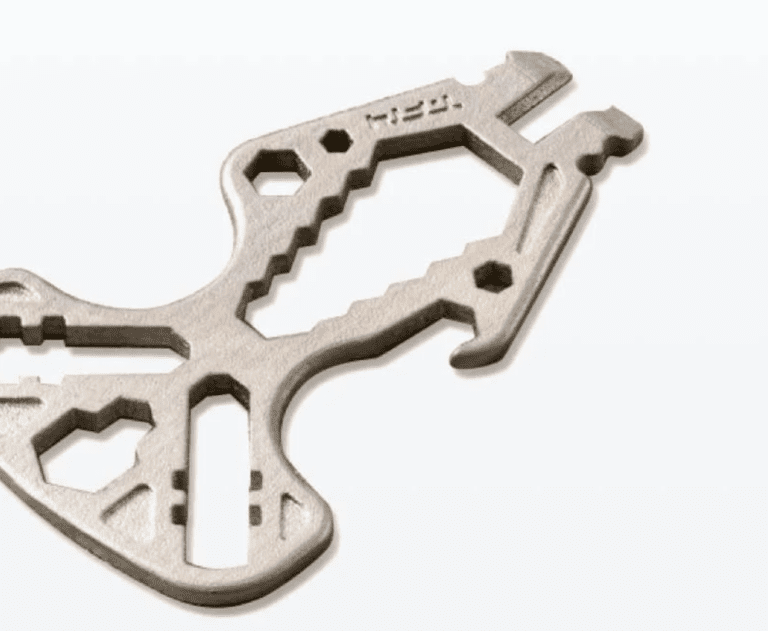
The Basics of Multi Jet Fusion (MJF)
Selective Laser Melting (SLM) is a subcategory of Powder Bed Fusion–and more specifically, Laser Powder Bed Fusion (L-PBF). SLM technology is a specialized 3D printing method that has been around since the middle of the 1990s. It uses a powerful laser to melt small metallic powder particles to make very precise parts. While Selective Laser Sintering and SLM 3D printing share some fundamental characteristics, it is utilized for more specialized components.
How SLM Printing Works
SLM metal 3D printers require a CAD file as a blueprint for the desired part, just like any other 3D printing process. A slicer divides the data set into a number of layers. Each layer frames a get segment through the part. In 3D printing SLM, a layer's thickness typically ranges from 20 to 60 micrometers. A squeegee spreads a layer of metal powder onto a lowerable build platform during the SLM 3D printing process.
After that, a laser scans the part's cross-section and melts the powder in those areas. The process mostly uses printed support structures because the powder cannot be compressed as densely as in SLS. They keep the parts stable in the form space, to scatter abundance heat and to forestall misshapening of the parts.
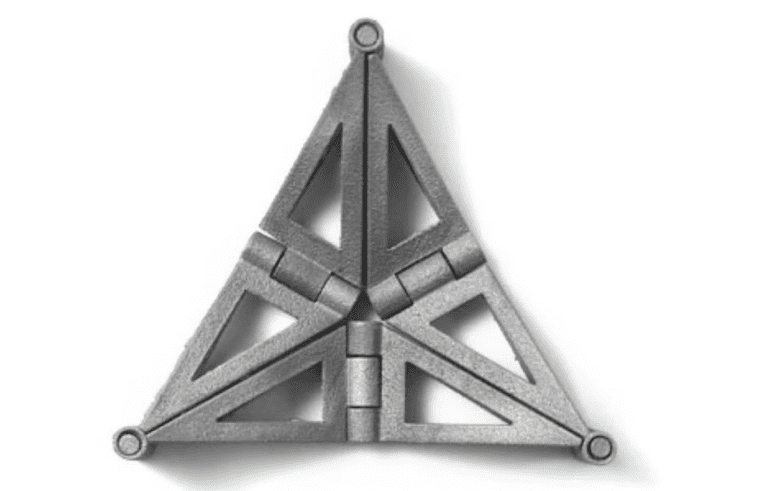
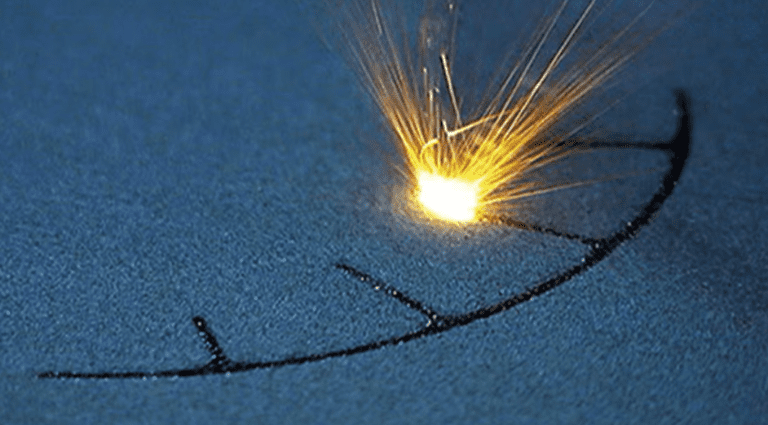
Benefits of SLM Printing
Selective laser melting, like the majority of 3D printing technologies, offers a lot of geometric freedom. Because of this, projects involving bionic lightweight construction and extremely intricate geometries can be carried out without the use of tools. Another advantage of SLM and other 3D printing technologies is the consolidation of assemblies.
In order to save money on materials, labor, and assembly, this involves printing individual assemblies together in one piece. However, the technology's geometric freedom is not the only factor that makes exciting components possible. The SLM procedure can also improve the properties of the component itself. The components, for instance, have surfaces with almost no pores and a particularly high density.
3D printing processes and materials available at RP Group
Selective Laser Sintering [SLS]
High level of accuracy, relatively cheap raw material, and high temperature resistance make it perfect for a wide range of structural engineering applications.
Materials available: Nylon PA12, Nylon PA12 with glass beads
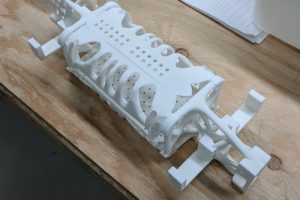
PolyJet Printing
PolyJet is a 3D printing technology similar to inkjet document printing, but instead of jetting drops of ink onto paper, PolyJet 3D printers jet layers of liquid photopolymer onto a build tray and instantly cure them with UV light
Materials available: Vero, VeroClear, ABS-Like, Rubber-Like
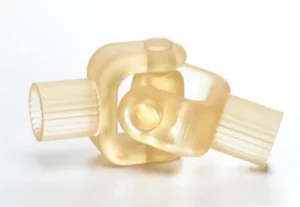
Stereolithography [SLA]
Stereolithography (SLA) creates parts in a layer-by-layer fashion by using photochemical processes whereby light causes chemical monomers to link together to form polymers.
Materials available: ABS natural and ABS clear stimulants.
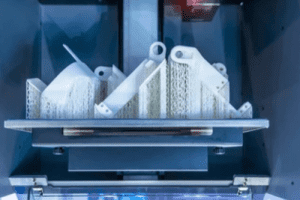
Binder Jetting
In binder jetting, a binder is selectively deposited onto the powder bed which bonds these areas together. This forms a solid part one layer at a time.
Materials available: Stainless Steel 17-4PH, Stainless Steel 316L, Steel and Sandstone.
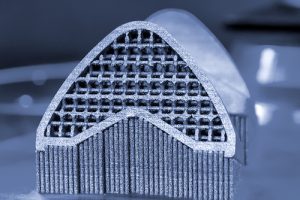
Wax Casting
3D printing technologies create a smooth wax pattern, which is used to create casting molds to produce precious metal parts. Materials available: Brass, bronze, copper, gold, platinum, silver
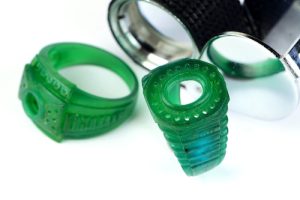
HP Multi Jet Fusion [MJF]
Multi Jet Fusion can produce functional nylon prototypes and end-use production parts in as little as one day.
Materials available: Nylon PA12, Nylon PA12 with glass beads and polypropylene (PP)
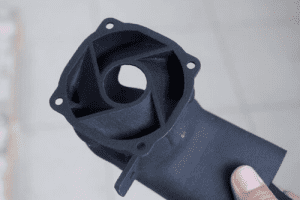
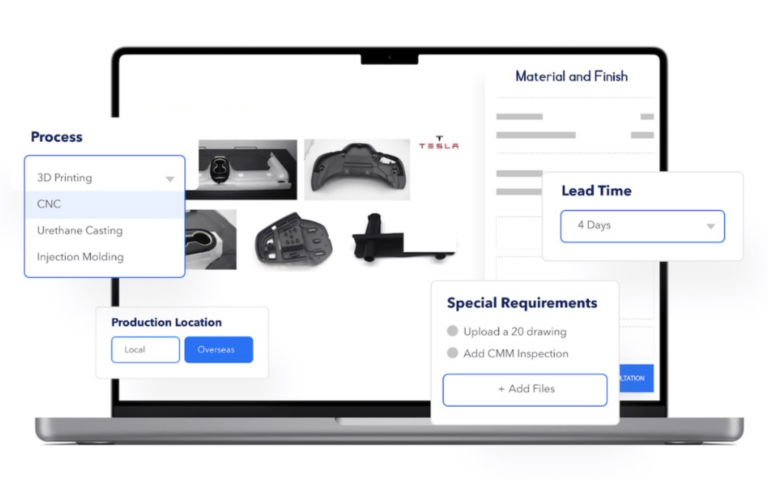
Online instant quoting
Prototyping is all about speed so using our online portal, customers can upload their data and get instant feedback on costs and place an order with less hassles.
- Select from a wide range of materials.
- Compare pricing options instantly
- Manage quotes and orders in our online portal
Project management portal and transparent traceability
Keep track of all of your projects on-demand for updates, status and tracking your shipments. The online portal provides a great way to manage complex projects and make seamless communication.
- Track the progress of your project
- Photos and videos of your parts before they ship
- Quality inspection reports online
